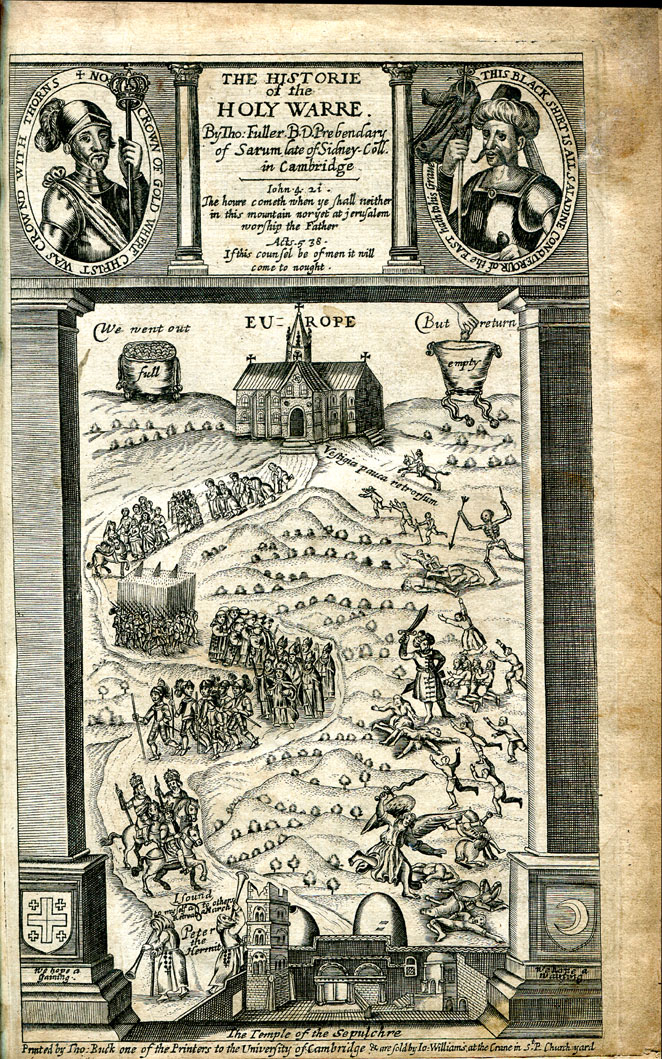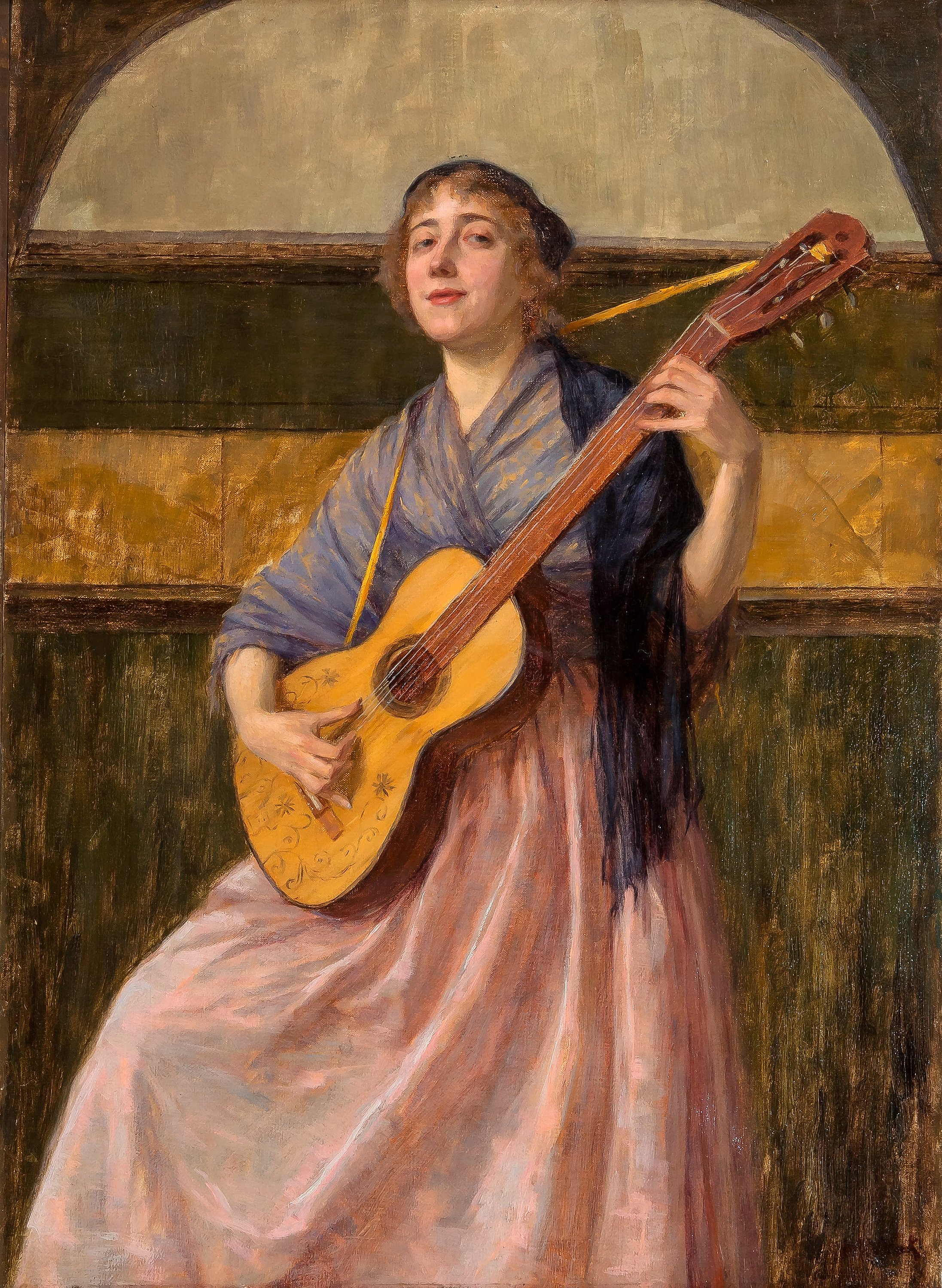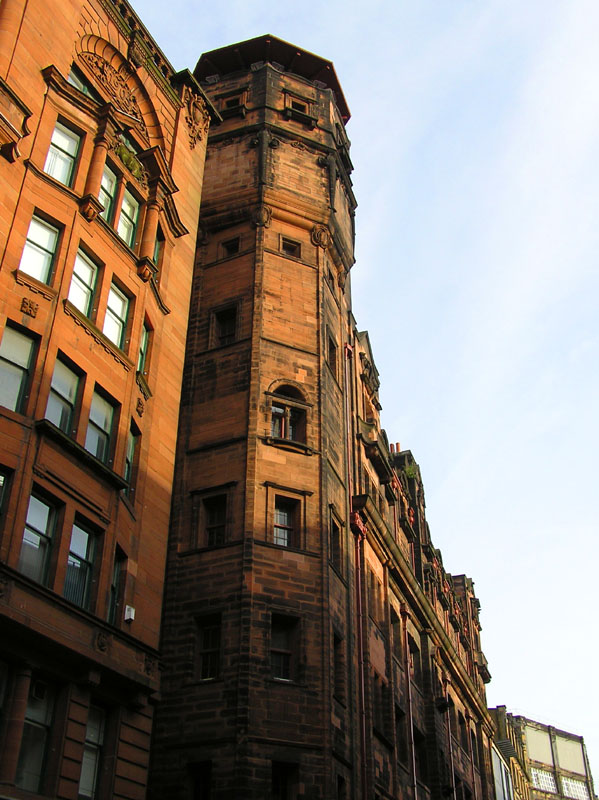|
Simon Aleyn
Simon Aleyn (or Alleyn; died 17 October 1565) was a Canon of Windsor from 1559 to 1563 He was educated in Oxford and graduated BA 1539, MA 1542. He was appointed: *Vicar of Cookham 1553 *Vicar of Strathfieldsaye 1559 He was also Vicar of St Michael's Church, Bray, Berkshire and, according to Thomas Fuller and Richard Brome, is the likely subject of the famous ballad, " The Vicar of Bray". He was also thought to be the subject of a subsequent comic opera of the same name (written by Sydney Grundy, with music by Edward Solomon), but that opera makes no mention of Aleyn, and its text indicates that the character is actually vicar of Stanford-on-Avon and attached to the Lords of Bray whose family seat is at Stanford Hall. Mention of the Pychley and Quorn hunts places the opera solidly on the borders of Northamptonshire and Leicestershire. In legend, Aleyn retained his benefice (c. 1540 to 1588) during the reigns of Henry VIII, Edward VI, Mary and Elizabeth, he is said to have bee ... [...More Info...] [...Related Items...] OR: [Wikipedia] [Google] [Baidu] |
Dean And Canons Of Windsor
The Dean and Canons of Windsor are the ecclesiastical body of St George's Chapel, Windsor Castle, St George's Chapel at Windsor Castle. Foundation The college of canons was established in 1348 by letters patent of Edward III of England, King Edward III. It was formally constituted on the feast of Andrew the Apostle, St Andrew the Apostle, 30 November 1352, when the statutes drawn up by William Edington, bishop of Winchester, as papal delegate, were solemnly delivered to William Mugge, the warden of the college. Accepting that the process of foundation took several years to complete, the college takes the year 1348 as its formal date of foundation. Costume Three ancient monumental brasses survive depicting canons of Windsor, wearing the mantle of the Order of the Garter, purple in colour, with a circular badge on the left shoulder, displaying: ''Argent, a cross gules'' (a Saint George's Cross): #c. 1370. Roger Parkers, North Stoke, Oxfordshire (half effigy with inscription; h ... [...More Info...] [...Related Items...] OR: [Wikipedia] [Google] [Baidu] |
St Michael's Church, Bray
St Michael's Church, Bray, is a Grade II* listed parish church in the Church of England in Bray, Berkshire. History The church dates from 1293, supposedly to replace a Saxon church at Water Oakley. It was partly rebuilt ca. 1500 and extensively restored 1857–82 by Thomas Henry Wyatt. It has a number of sculptures which may have come from the earlier church, including a damaged Sheela na Gig. The ecclesiastical parish shares the wider parish boundaries so is named Bray St Michael with Braywoodside. In 1938, the royal funeral of George Mountbatten, 2nd Marquess of Milford Haven, was held at St Michael's, after which the marquess was buried in Bray Cemetery. Monuments The church contains several brasses from the fourteenth to sixteenth centuries, notably that of 1378 to Sir John Foxley, the Constable of Southampton Castle. Other monuments are: *William Goddard of Philibert, d.1609, founder of Jesus Hospital, and Joyce Maunsell his wife, d.1622. *Mary Hanger (d.1738) scu ... [...More Info...] [...Related Items...] OR: [Wikipedia] [Google] [Baidu] |
Thomas Fuller
Thomas Fuller (baptised 19 June 1608 – 16 August 1661) was an English churchman and historian. He is now remembered for his writings, particularly his ''Worthies of England'', published in 1662, after his death. He was a prolific author, and one of the first English writers able to live by his pen (and his many patrons).Stephen, Leslie (1889). " Thomas Fuller". In ''Dictionary of National Biography''. 20. London. pp. 315-320. Early life Fuller was the eldest son of Thomas Fuller, rector of Aldwinkle St Peter's, Northamptonshire. He was born at his father's rectory and was baptised on 19 June 1608. Dr John Davenant, bishop of Salisbury, was his uncle and godfather. According to John Aubrey, Fuller was "a boy of pregnant wit". At thirteen he was admitted to Queens' College, Cambridge, then presided over by John Davenant. His cousin, Edward Davenant, was a tutor there. He did well academically; and in Lent 1624–1625 he became B.A. and in July 1628, at only 20 years of age ... [...More Info...] [...Related Items...] OR: [Wikipedia] [Google] [Baidu] |
Richard Brome
Richard Brome ; (c. 1590? – 24 September 1652) was an English dramatist of the Caroline era. Life Virtually nothing is known about Brome's private life. Repeated allusions in contemporary works, like Ben Jonson's '' Bartholomew Fair'', indicate that Brome started out as a servant of Jonson, in some capacity. Scholars have interpreted the allusions to mean that Brome may have begun as a menial servant but later became a sort of secretary and general assistant to the older playwright. A single brief mention of his family's need seems to show that he had a wife and children and struggled to support them. He may have had some experience as a professional actor: a 1628 warrant lists him as a member of the Queen of Bohemia's Men. Yet he had already started writing for the stage by this date. An early collaboration, ''A Fault in Friendship'' (now lost) was licensed in 1623 for Prince Charles's Men; a 1629 solo Brome effort, ''The Lovesick Maid'' (also lost), was a success for t ... [...More Info...] [...Related Items...] OR: [Wikipedia] [Google] [Baidu] |
Ballad
A ballad is a form of verse, often a narrative set to music. Ballads were particularly characteristic of the popular poetry and song of Great Britain and Ireland from the Late Middle Ages until the 19th century. They were widely used across Europe, and later in Australia, North Africa, North America and South America. While ballads have no prescribed structure and may vary in their number of lines and stanzas, many ballads employ quatrains with ABCB or ABAB rhyme schemes, the key being a rhymed second and fourth line. Contrary to a popular conception, it is rare if not unheard-of for a ballad to contain exactly 13 lines. Additionally, couplets rarely appear in ballads. Many ballads were written and sold as single-sheet Broadside (music), broadsides. The form was often used by poets and composers from the 18th century onwards to produce lyrical ballads. In the later 19th century, the term took on the meaning of a slow form of popular love song and is often used for any love song ... [...More Info...] [...Related Items...] OR: [Wikipedia] [Google] [Baidu] |
The Vicar Of Bray (song)
"The Vicar of Bray" is an eighteenth century satirical song recounting the career of The Vicar of Bray and his contortions of principle to retain his ecclesiastic office despite the changes in the Established Church through the reigns of several English monarchs. The song makes many specific allusions to English religious and political doctrines and events. Origins and cultural influence The generally known form of the song appears to have been based on an earlier version, "The Religious Turncoat; Or, the Trimming Parson". The melody is taken from the 17th-century folk melody " Country Gardens" which in turn was used in ''The Quaker's Opera'', first printed in London in 1728, a three-act farce based on the story of Jack Sheppard which was performed at Bartholomew Fair. A parody of this parody song, "The American Vicar of Bray", with the same chorus, was published in the 30 June 1779 edition of Rivington's ''Royal Gazette'', mocking the shifting loyalties of some American co ... [...More Info...] [...Related Items...] OR: [Wikipedia] [Google] [Baidu] |
The Vicar Of Bray (opera)
''The Vicar of Bray'' is a comic opera by Edward Solomon with a libretto by Sydney Grundy which opened at the Globe Theatre (Newcastle Street), Globe Theatre, in London, on 22 July 1882, for a run of only 69 performances. The public was not amused at a clergyman's being made the subject of ridicule, and the opera was regarded by some as scandalous. An 1892 revival at the Savoy Theatre was more successful, lasting for 143 performances, after public perceptions had changed.Rollins and Witts, p. 13 The opera is based on the character described in a satirical 18th-century English folk song "The Vicar of Bray (song), The Vicar of Bray", as well as on ''The History of Sandford and Merton'', a series of 18th century moral tales. In the parlour song, the eponymous vicar was the clergyman of the parish of Bray, Berkshire, Bray-on-Thames, Berkshire. The most familiar version of the lyrics recounts his adaptability (some would say amorality) over half a century, from the reigns of Char ... [...More Info...] [...Related Items...] OR: [Wikipedia] [Google] [Baidu] |
The Herald (Glasgow)
''The Herald'' is a Scottish broadsheet newspaper founded in 1783. ''The Herald'' is the longest running national newspaper in the world and is the eighth oldest daily paper in the world. The title was simplified from ''The Glasgow Herald'' in 1992. Following the closure of the '' Sunday Herald'', the ''Herald on Sunday'' was launched as a Sunday edition on 9 September 2018. History Founding The newspaper was founded by an Edinburgh-born printer called John Mennons in January 1783 as a weekly publication called the ''Glasgow Advertiser''. Mennons' first edition had a global scoop: news of the treaties of Versailles reached Mennons via the Lord Provost of Glasgow just as he was putting the paper together. War had ended with the American colonies, he revealed. ''The Herald'', therefore, is as old as the United States of America, give or take an hour or two. The story was, however, only carried on the back page. Mennons, using the larger of two fonts available to him, put it in t ... [...More Info...] [...Related Items...] OR: [Wikipedia] [Google] [Baidu] |
Mary I Of England
Mary I (18 February 1516 – 17 November 1558), also known as Mary Tudor, was Queen of England and Ireland from July 1553 and Queen of Spain as the wife of King Philip II from January 1556 until her death in 1558. She made vigorous attempts to reverse the English Reformation, which had begun during the reign of her father, King Henry VIII. Her attempt to restore to the Church the property confiscated in the previous two reigns was largely thwarted by Parliament but, during her five-year reign, more than 280 religious dissenters were burned at the stake in what became known as the Marian persecutions, leading later commentators to label her "Bloody Mary". Mary was the only surviving child of Henry VIII by his first wife, Catherine of Aragon. She was declared illegitimate and barred from the line of succession following the annulment of her parents' marriage in 1533, but was restored via the Third Succession Act 1543. Her younger half-brother, Edward VI, succeede ... [...More Info...] [...Related Items...] OR: [Wikipedia] [Google] [Baidu] |
Philip II Of Spain
Philip II (21 May 152713 September 1598), sometimes known in Spain as Philip the Prudent (), was King of Spain from 1556, King of Portugal from 1580, and King of Naples and List of Sicilian monarchs, Sicily from 1554 until his death in 1598. He was also ''jure uxoris'' King of England and List of Irish monarchs, Ireland from Wedding of Mary I of England and Philip of Spain, his marriage to Queen Mary I in 1554 until her death in 1558. Further, he was Duke of Milan from 1540. From 1555, he was Lord of the Seventeen Provinces of the Habsburg Netherlands, Netherlands. The son of Emperor Charles V and Isabella of Portugal, Holy Roman Empress, Isabella of Portugal, Philip inherited his father's Spanish Empire in 1556, and succeeded to the Kingdom of Portugal, Portuguese throne in 1580 following a dynastic crisis. The Spanish conquests Spanish conquest of the Inca Empire, of the Inca Empire and of the Philippines, named in his honor by Ruy López de Villalobos, were completed during h ... [...More Info...] [...Related Items...] OR: [Wikipedia] [Google] [Baidu] |
Elizabeth I
Elizabeth I (7 September 153324 March 1603) was List of English monarchs, Queen of England and List of Irish monarchs, Ireland from 17 November 1558 until her death in 1603. She was the last and longest reigning monarch of the House of Tudor. Her eventful reign, and its effect on history and culture, gave name to the Elizabethan era. Elizabeth was the only surviving child of Henry VIII and his second wife, Anne Boleyn. When Elizabeth was two years old, her parents' marriage was annulled, her mother was executed, and Elizabeth was declared royal bastard, illegitimate. Henry Third Succession Act 1543, restored her to the line of succession when she was 10. After Henry's death in 1547, Elizabeth's younger half-brother Edward VI ruled until his own death in 1553, bequeathing the crown to a Protestant cousin, Lady Jane Grey, and ignoring the claims of his two half-sisters, Mary I of England, Mary and Elizabeth, despite statutes to the contrary. Edward's will was quickly set aside ... [...More Info...] [...Related Items...] OR: [Wikipedia] [Google] [Baidu] |
Canons Of Windsor
The Dean and Canons of Windsor are the ecclesiastical body of St George's Chapel at Windsor Castle. Foundation The college of canons was established in 1348 by letters patent of King Edward III. It was formally constituted on the feast of St Andrew the Apostle, 30 November 1352, when the statutes drawn up by William Edington, bishop of Winchester, as papal delegate, were solemnly delivered to William Mugge, the warden of the college. Accepting that the process of foundation took several years to complete, the college takes the year 1348 as its formal date of foundation. Costume Three ancient monumental brasses survive depicting canons of Windsor, wearing the mantle of the Order of the Garter, purple in colour, with a circular badge on the left shoulder, displaying: ''Argent, a cross gules'' (a Saint George's Cross): #c. 1370. Roger Parkers, North Stoke, Oxfordshire (half effigy with inscription; head lost). #1540. Roger Lupton, LL.D., Provost of Eton College and Canon of ... [...More Info...] [...Related Items...] OR: [Wikipedia] [Google] [Baidu] |







